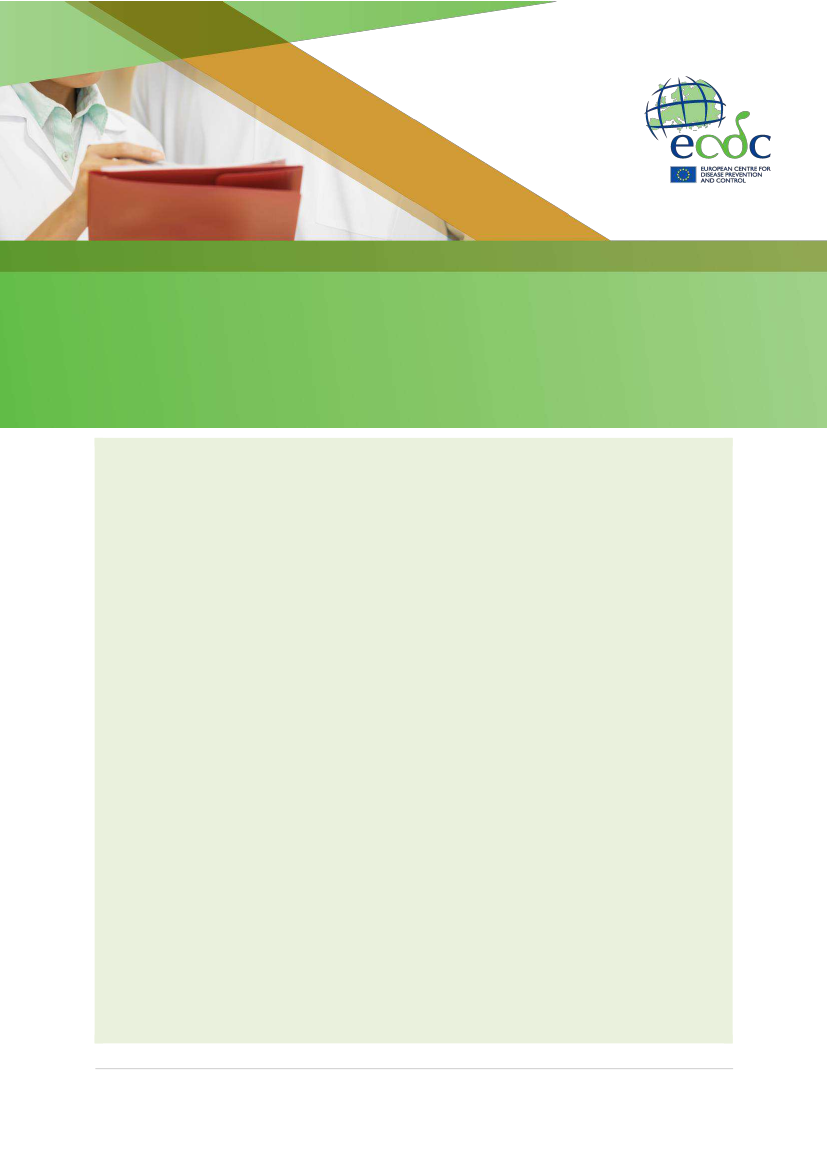
RAPID RISK ASSESSMENT
Detection of new SARS-CoV-2 variants related
to mink
12 November 2020
Summary
Since April 2020, when the first SARS-CoV-2 infection was reported in the Netherlands in a mink and subsequently in
a mink farm worker, it has been established that human-to-mink and mink-to-human transmission can occur [1].
Since then, infections in mink have been reported in Denmark, Italy, Spain, Sweden and the United States [2].
On 5 November 2020, Denmark reported 214 human COVID-19 cases infected with SARS-CoV-2 virus variants
related to mink, as well as infected mink at more than 200 mink farms. Most human and animal cases reported since
June 2020 have been in the North Jutland Region. The SARS-CoV-2 variants detected in these cases were part of at
least five closely-related clusters; each cluster was characterised by a specific mink-related variant, identified in
humans and animals from infected mink farms. Denmark has implemented robust response measures to control the
outbreaks in mink and decrease the spill-over between the human and the animal reservoir.
One of the clusters (Cluster 5), which was reported as circulating in August and September 2020, is related to a
variant with four genetic changes, three substitutions and one deletion, in the spike (S) protein. Since the S protein
contains the receptor-binding domain, and is a major target for immune response, such mutations could, in theory,
have implications for viral fitness (ability to infect humans and animals), transmissibility, and antigenicity. As a
consequence, the evolution of viruses with increasing changes in functional domains of the S protein could affect
treatment, certain diagnostic tests and virus antigenicity. It could also have an impact on the effectiveness of
developed vaccine candidates, and possibly require them to be updated. Investigations and studies are ongoing to
clarify the extent of these possible implications.
What is the risk to human health posed by SARS-CoV-2
mink related variants?
Transmissibility
Current evidence available from Denmark and the Netherlands on SARS-CoV-2 variants related to mink indicates that
these variants are able to circulate rapidly in mink farms and the human communities close to the farms, however,
they do not appear to be more transmissible than other circulating SARS-CoV-2 variants. Thus, the probability of
infection with mink-related variant strains is assessed as low for the general population, moderate for populations in
areas with a high concentration of mink farms and very high for individuals with occupational exposure.
Severity
Patients reported to be infected with mink-related variants, including the Cluster 5 variant in Denmark, do not
appear to have more severe clinical symptoms than those infected with non-mink-related variants. Therefore the
current impact of COVID-19 on disease severity in patients infected with any mink-related variant appears to be
similar to those infected with non-mink-related variants. This impact was previously assessed as low for the general
population and very high for individuals with risk factors for severe COVID-19 disease, such as the elderly.
Suggested citation: European Centre for Disease Prevention and Control. Detection of new SARS-CoV-2 variants related to mink
–
12 November 2020. ECDC: Stockholm; 2020.
© European Centre for Disease Prevention and Control, Stockholm, 2020